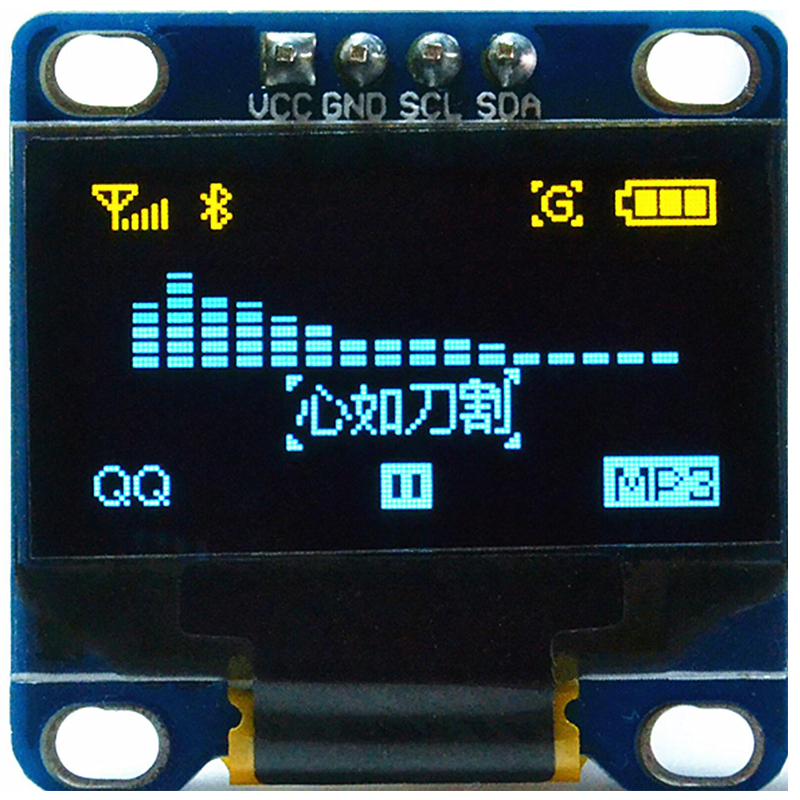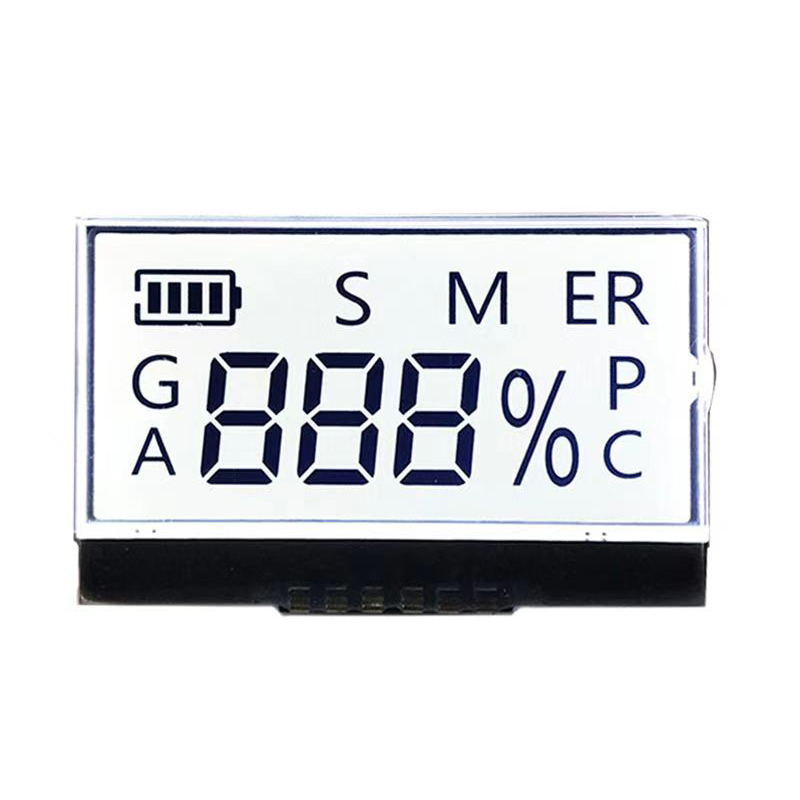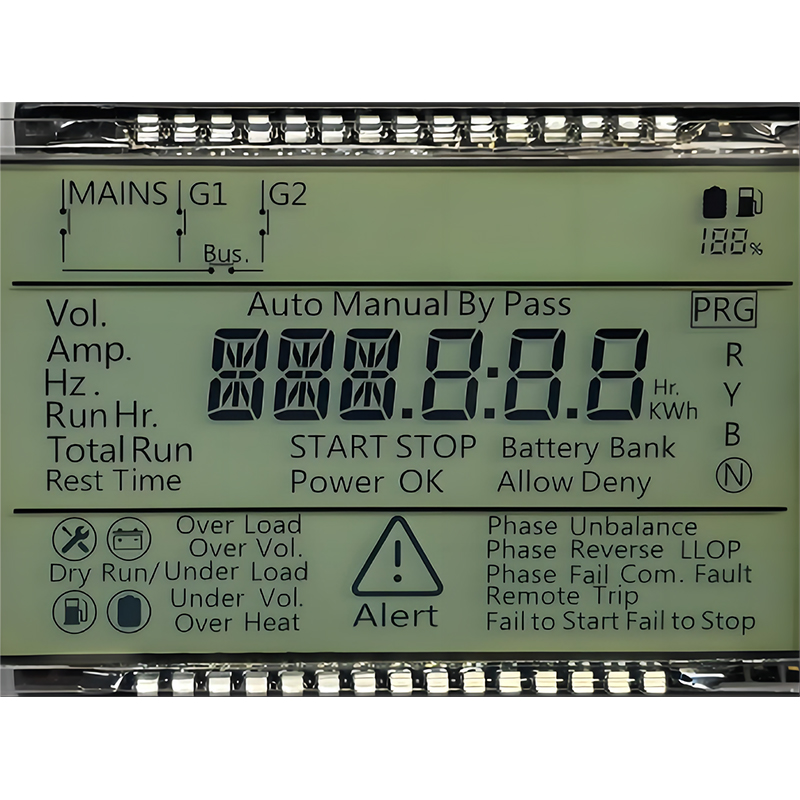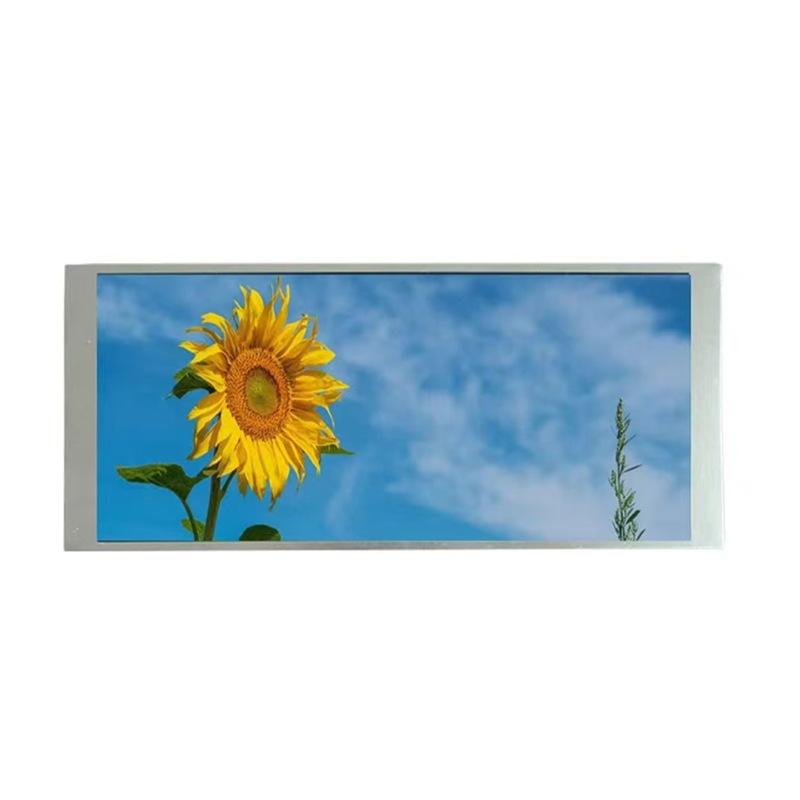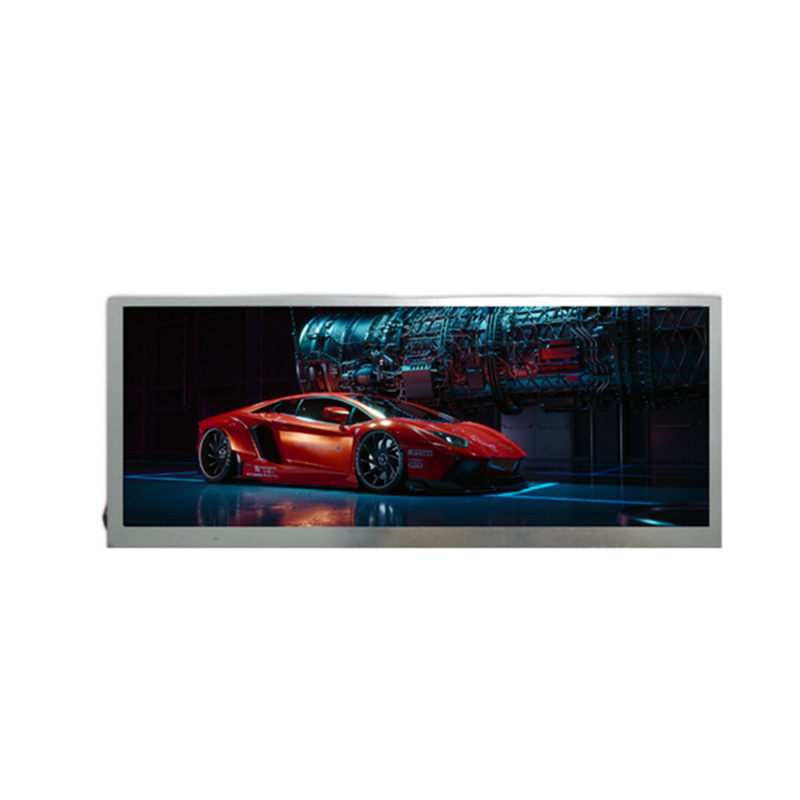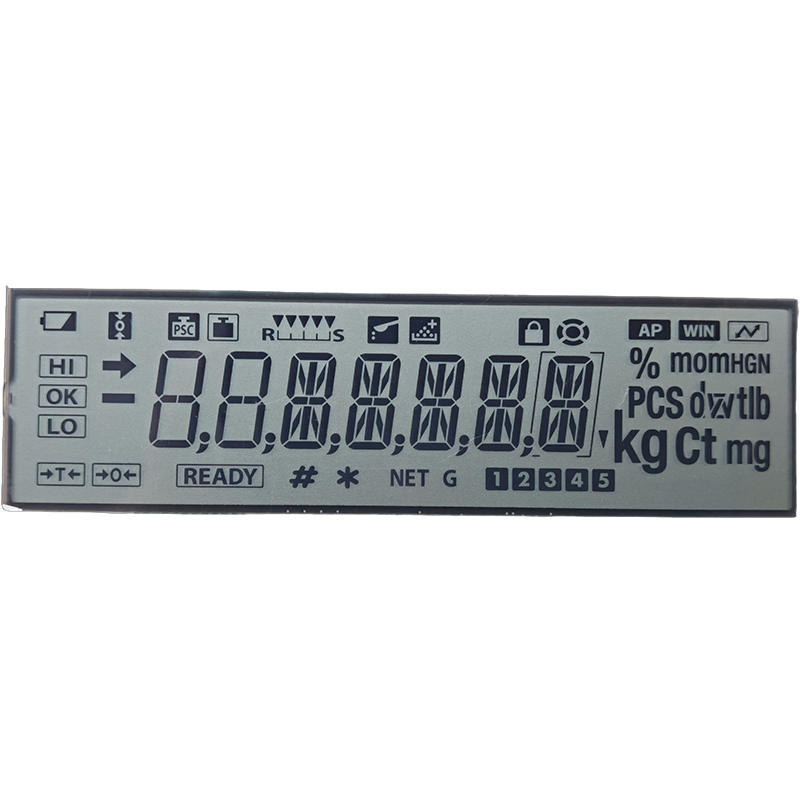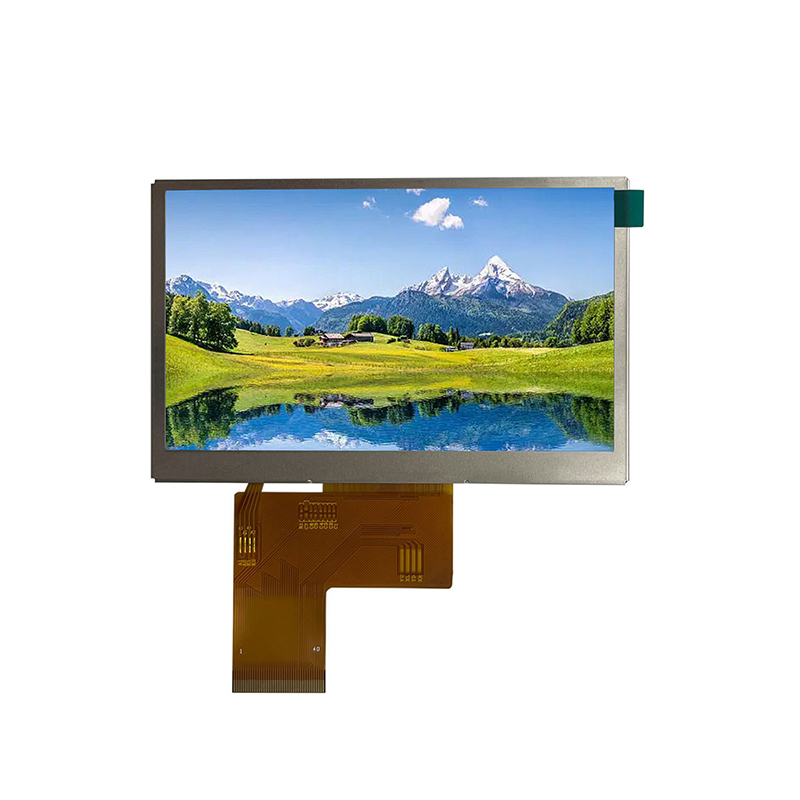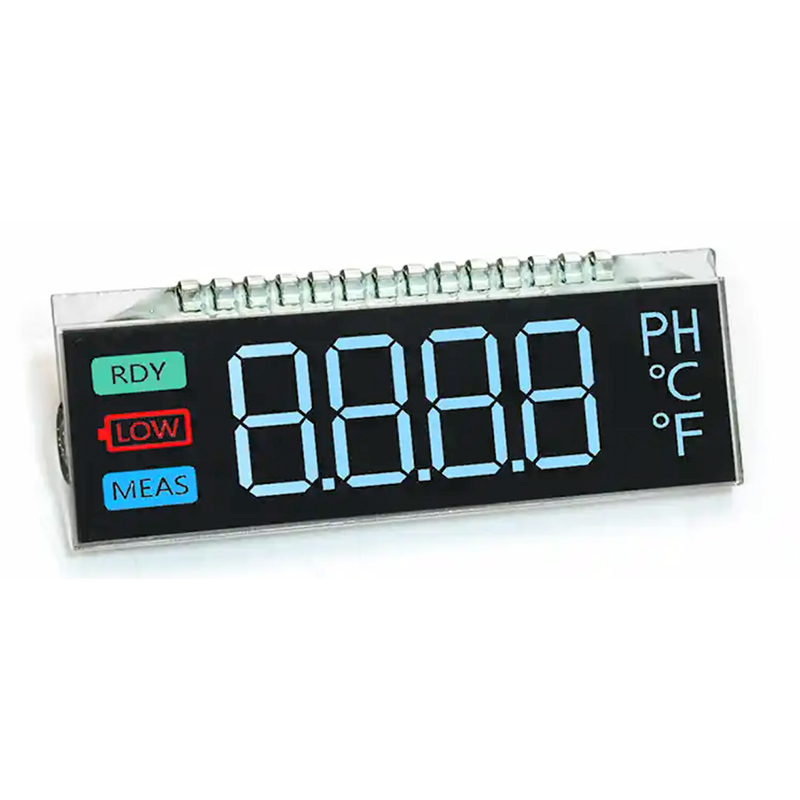
A FHD TFT display, or Full High Definition Thin Film Transistor display, is a type of LCD (Liquid Crystal Display) that uses TFT technology to control individual pixels. This technology enables high resolution and sharp image quality, making it a popular choice for various applications. Understanding the nuances of FHD TFT displays is crucial for making informed purchasing decisions. This guide will delve into the specifics, helping you navigate the world of these displays.
The FHD in FHD TFT display stands for Full High Definition, referring to a screen resolution of 1920 x 1080 pixels. This resolution provides a significantly improved viewing experience compared to lower resolutions, offering crisp details and sharp text. This makes FHD TFT displays ideal for various applications where visual clarity is paramount.
Thin Film Transistor (TFT) technology is the cornerstone of modern LCD displays. Each pixel in a TFT display is controlled by its own transistor, allowing for precise and independent control of each pixel's brightness and color. This results in superior image quality, faster response times, and better contrast compared to older LCD technologies. The benefits of TFT technology contribute significantly to the overall performance of an FHD TFT display.
IPS panels are known for their wide viewing angles and accurate color reproduction. They offer consistent image quality regardless of the viewing angle, making them suitable for applications where multiple viewers might be present. However, IPS panels often have slightly slower response times compared to other types.
TN panels are typically the most cost-effective option. However, they suffer from limited viewing angles and less accurate color reproduction compared to IPS or VA panels. Their faster response times make them suitable for gaming applications where quick refresh rates are crucial. The choice between IPS and TN often depends on a balance of cost and performance. For many applications, the image quality benefits of IPS outweigh the cost.
VA panels offer a good balance between contrast ratio, viewing angles, and response times. They usually boast a higher contrast ratio than IPS panels, resulting in deeper blacks and more vibrant colors. While their viewing angles are not as wide as IPS, they're still significantly better than TN panels.
FHD TFT displays find applications in a wide range of devices, including:
Selecting the appropriate FHD TFT display hinges on your specific needs and priorities. Consider the following factors:
| Feature | IPS | TN | VA |
|---|---|---|---|
| Viewing Angles | Excellent | Narrow | Good |
| Color Accuracy | Excellent | Fair | Good |
| Response Time | Moderate | Fast | Moderate |
| Contrast Ratio | Moderate | Low | High |
For high-quality displays with superior color accuracy and wide viewing angles, consider an IPS panel. If you prioritize speed and cost-effectiveness, TN might be suitable. VA panels provide a good compromise between the two.
Remember to consult the specifications provided by the manufacturer for the most accurate details on any specific FHD TFT display you're considering. Choosing the right display is crucial for optimal performance and user experience.

